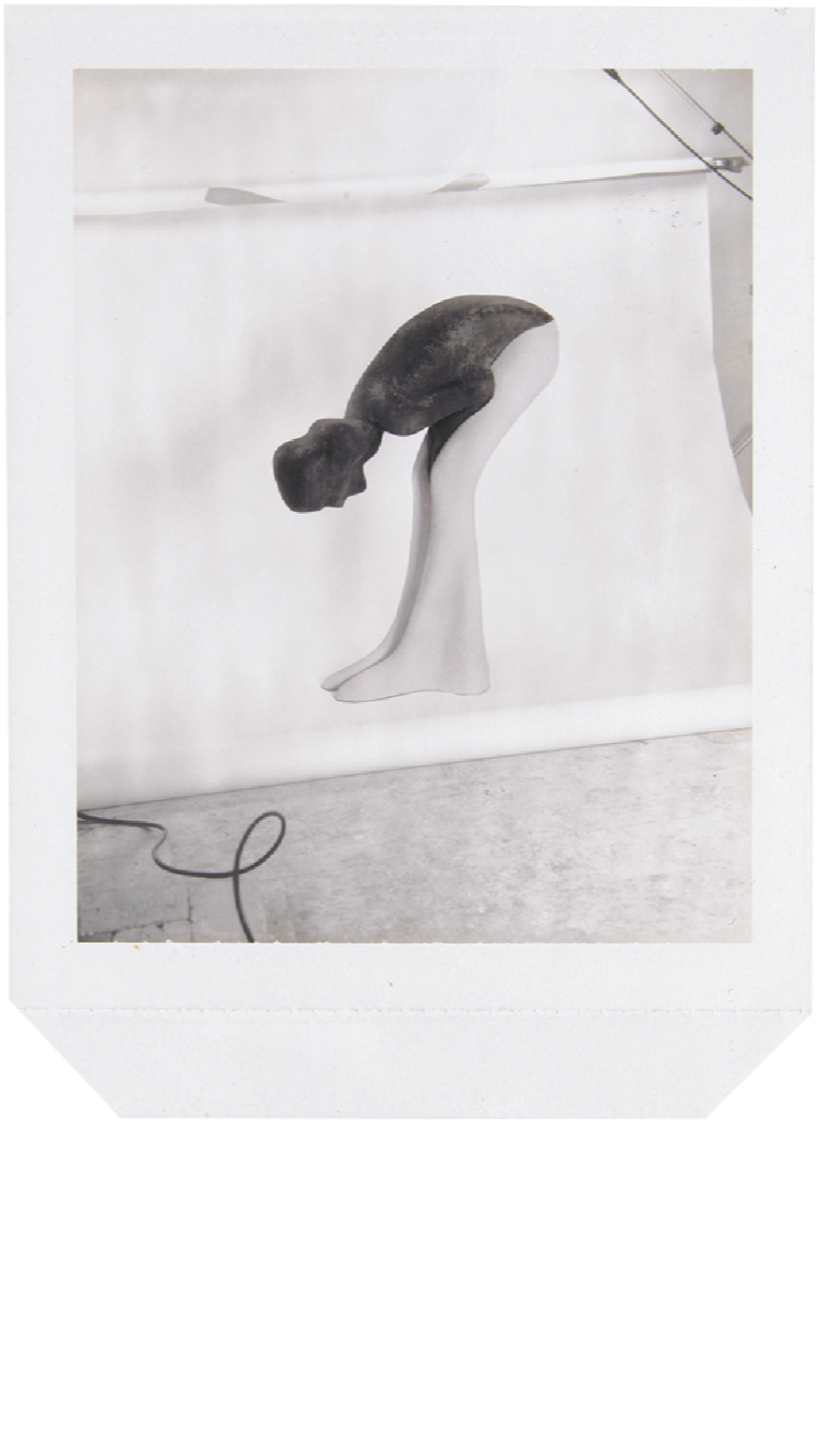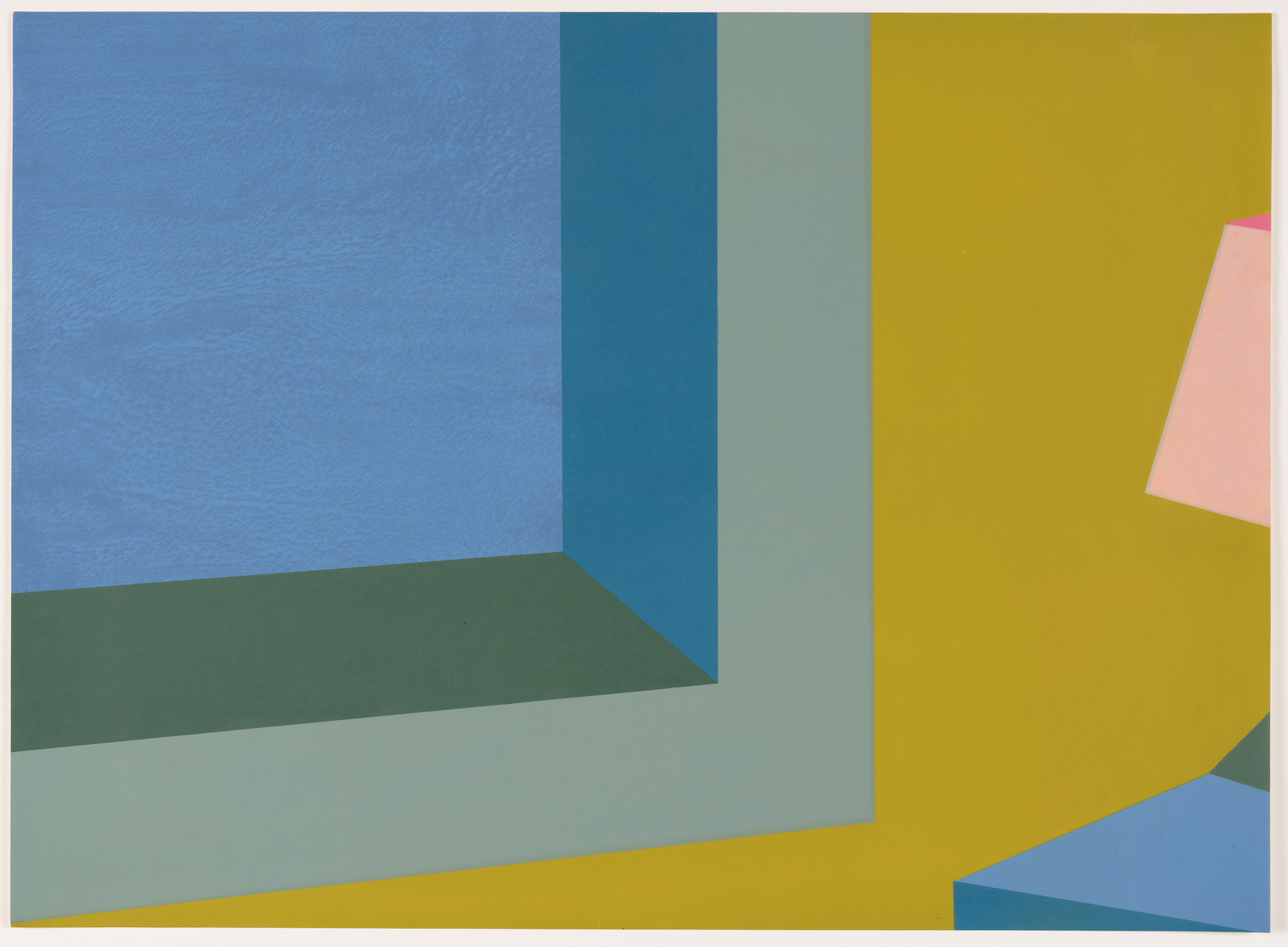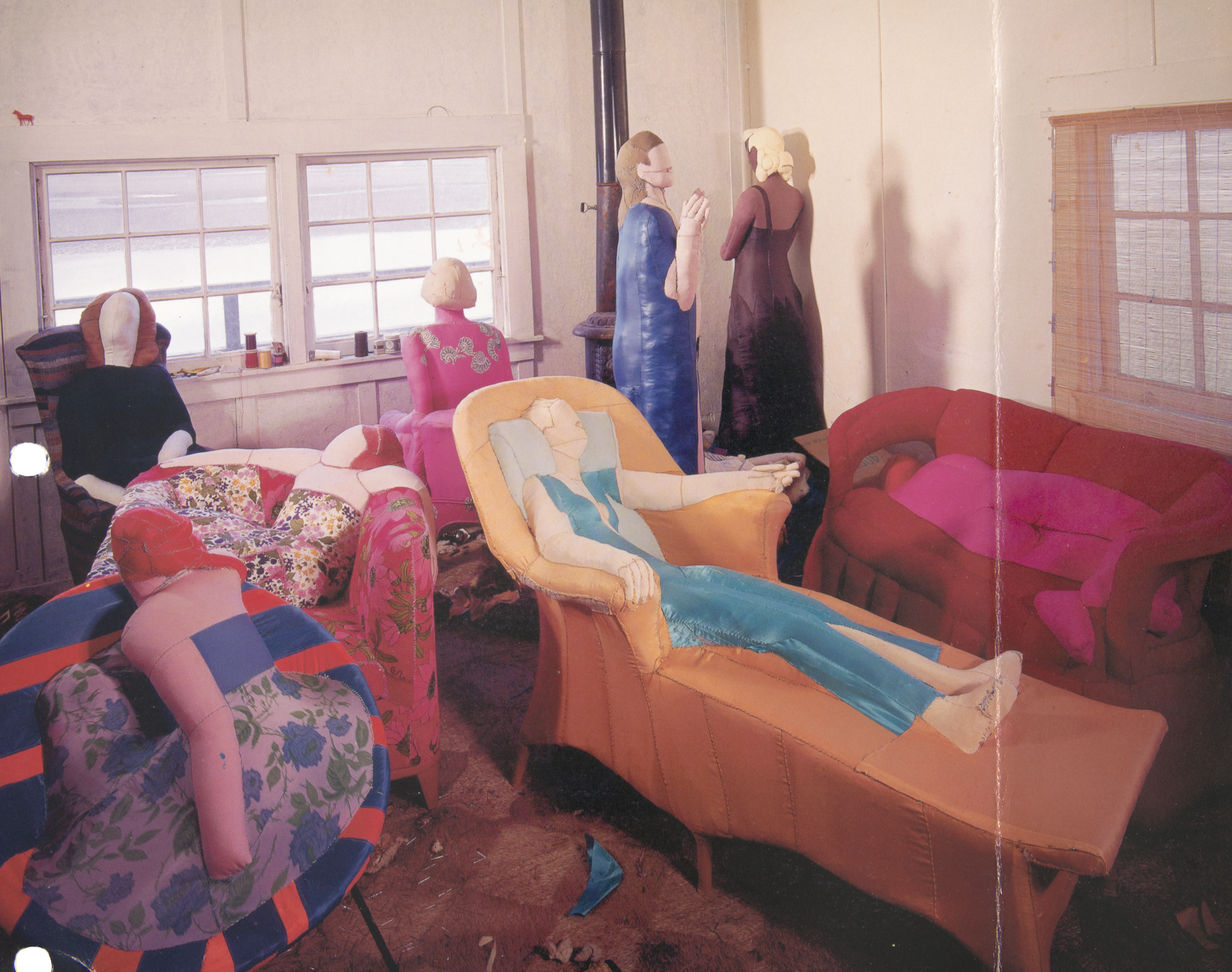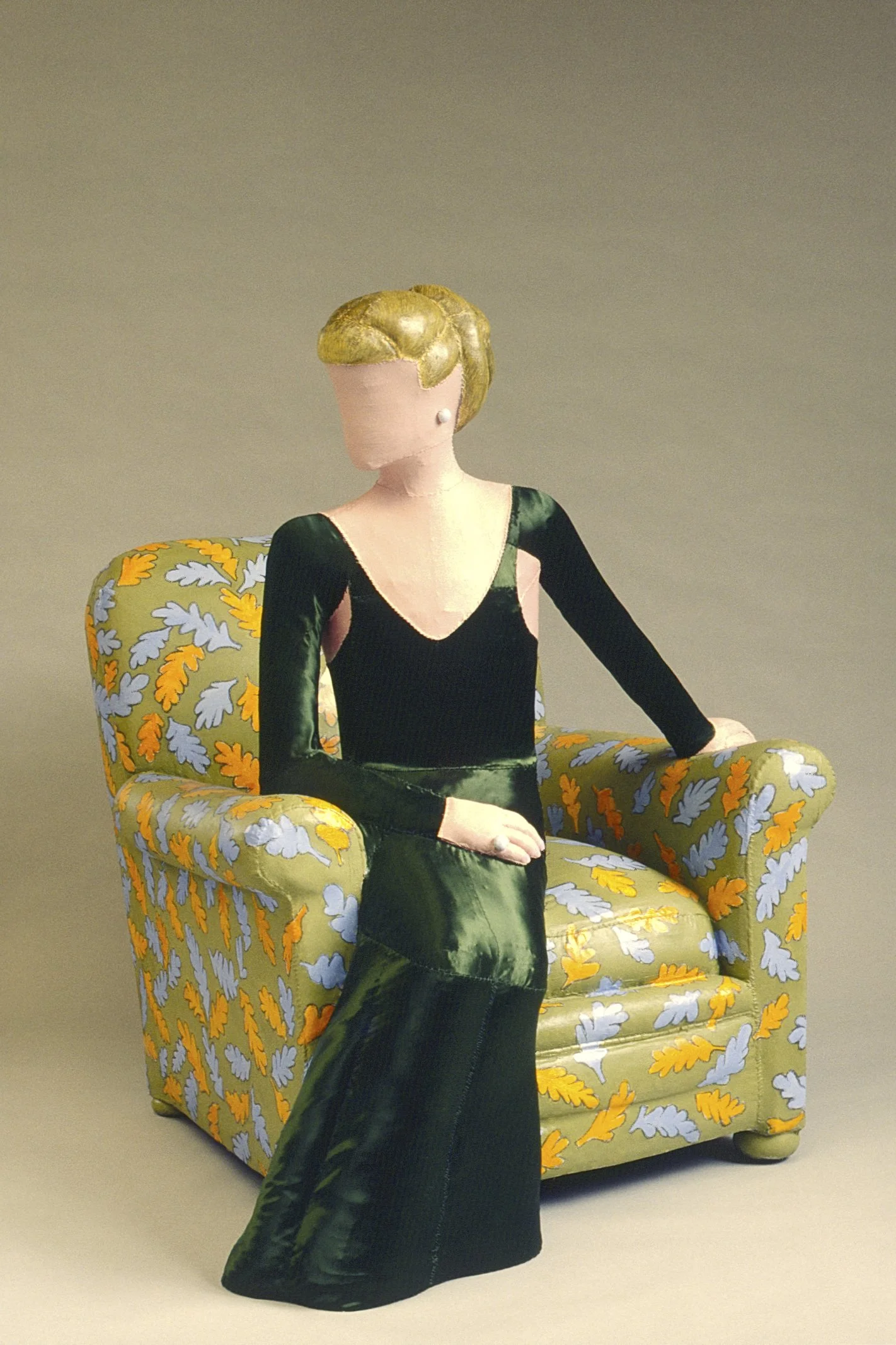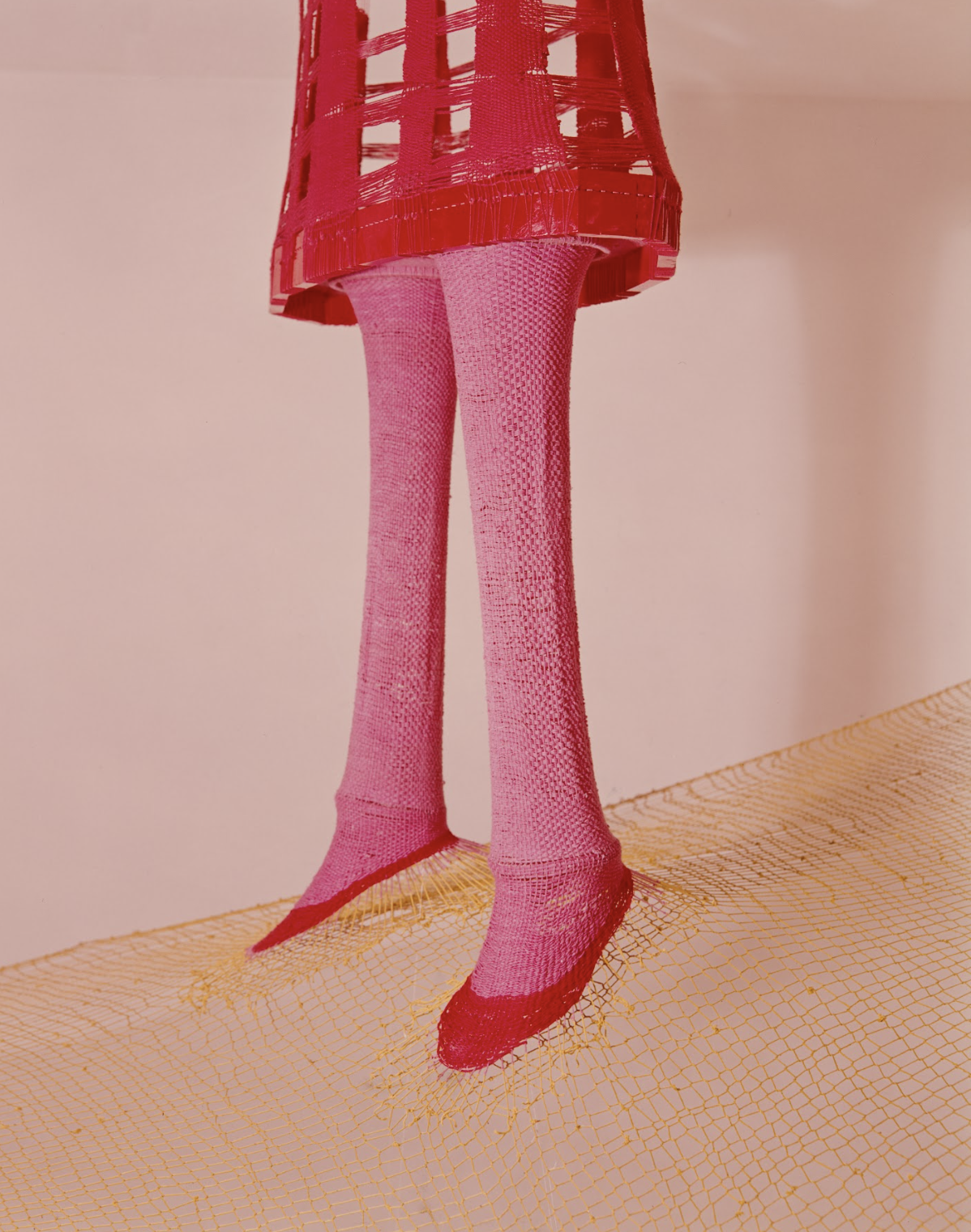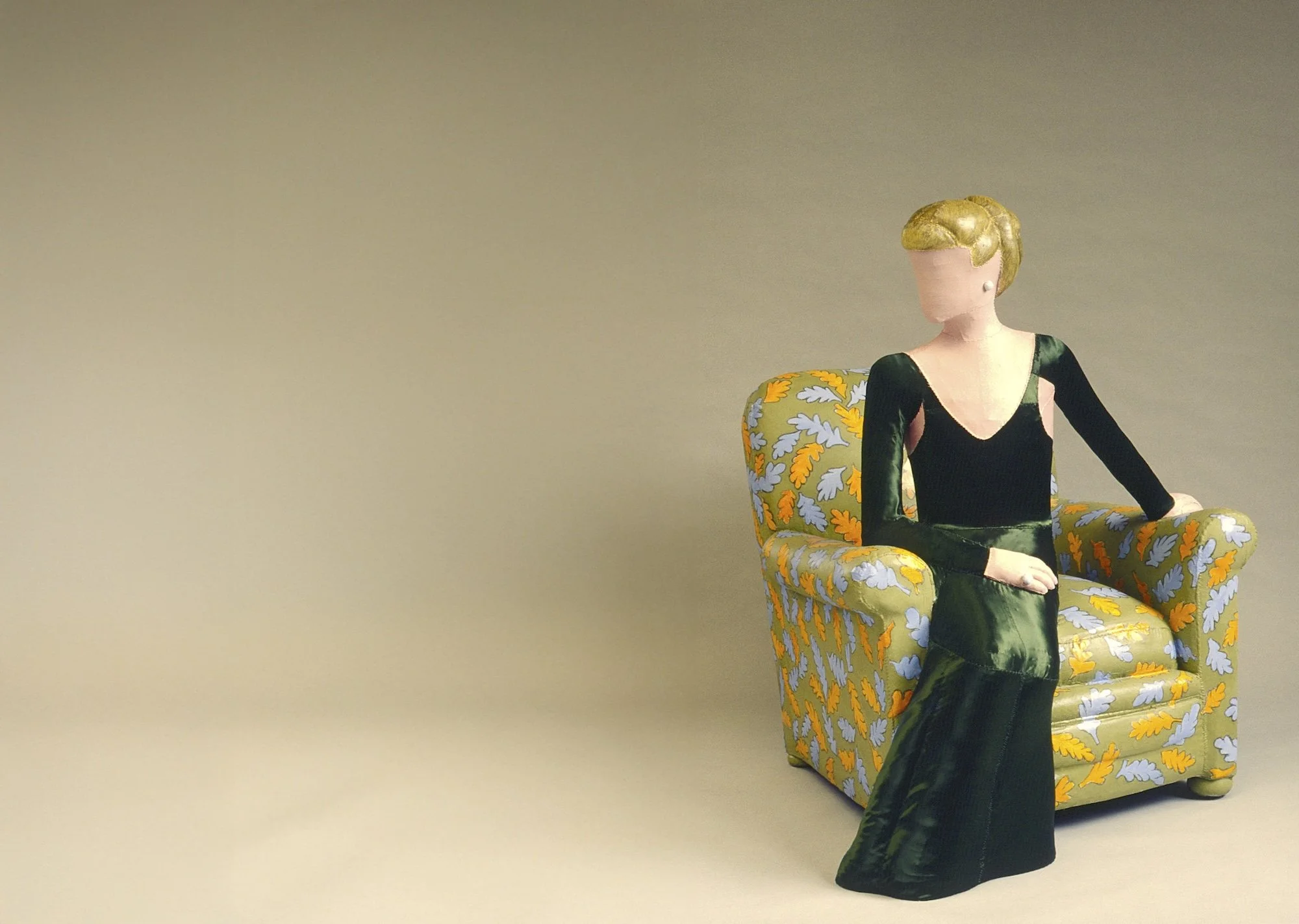Celebrating 100 Years of Paul Harris
SCROLL TO EXPLORE ↓
01 / Artist
Paul Harris (1925–2018) evades definition materially, thematically, and aesthetically. Having come of age as an artist in the effervescent 1950s, when stylistic allegiance was paramount, Harris was singularly comfortable across the spectrum of abstraction and figuration in two or three dimensions. In drawing, printmaking, and painting, his mark-making is richly lyrical, with spirited colors in vibrant dynamism; his bronze and soft sculptures are expansive in form and shape, their intricacies in surface betraying his early training in painting.
“
Becoming an artist is a serious undertaking rather like preparing for a trek across Antarctica.
—Paul Harris, 2008
“Quintessentially postmodern, Harris made and exhibited work for over sixty years, vigorously championing the new and nascent in contemporary American art. Starting in 1951, with paintings, drawings, prints, and sculptures, his work was included in some of the most significant shows of the cacophonous 1960s and 1970s.”
02 / Work
Paul Harris was multidisciplinary. He worked in string, fabric, papier mâché, bronze, concrete, plaster, crayon, and lithography. He moved effortlessly across mediums, returning to some materials over and over, leaving others after an intense fixation, and worked for six decades in bronze.
“Harris’s vivaciously colored, highly patterned soft sculpture demonstrates a painterly sensibility and a command for expressing emotion through material and formal juxtapositions. They also anticipate installation art of the late 1970s and 1980s in their sense of space and scale. As the late curator Maurice Tuchman wrote in his introduction to the American Sculpture of the Sixties catalogue, Harris was among the vanguard of San Francisco artists who ‘present sculpture which incorporates change and is patently vulnerable.’”
03 / Scholarship
Fresh, critical insights by contemporary scholars and curators looking at the ways in which Paul Harris worked, from his incorporation of soft materials to offer novel avenues of merging material with expression, to his use of crayon to render sizzling, dynamic compositions, soft and hard-edged shapes, creating recognizable forms that, as Harris himself said, “shatter” backgrounds.
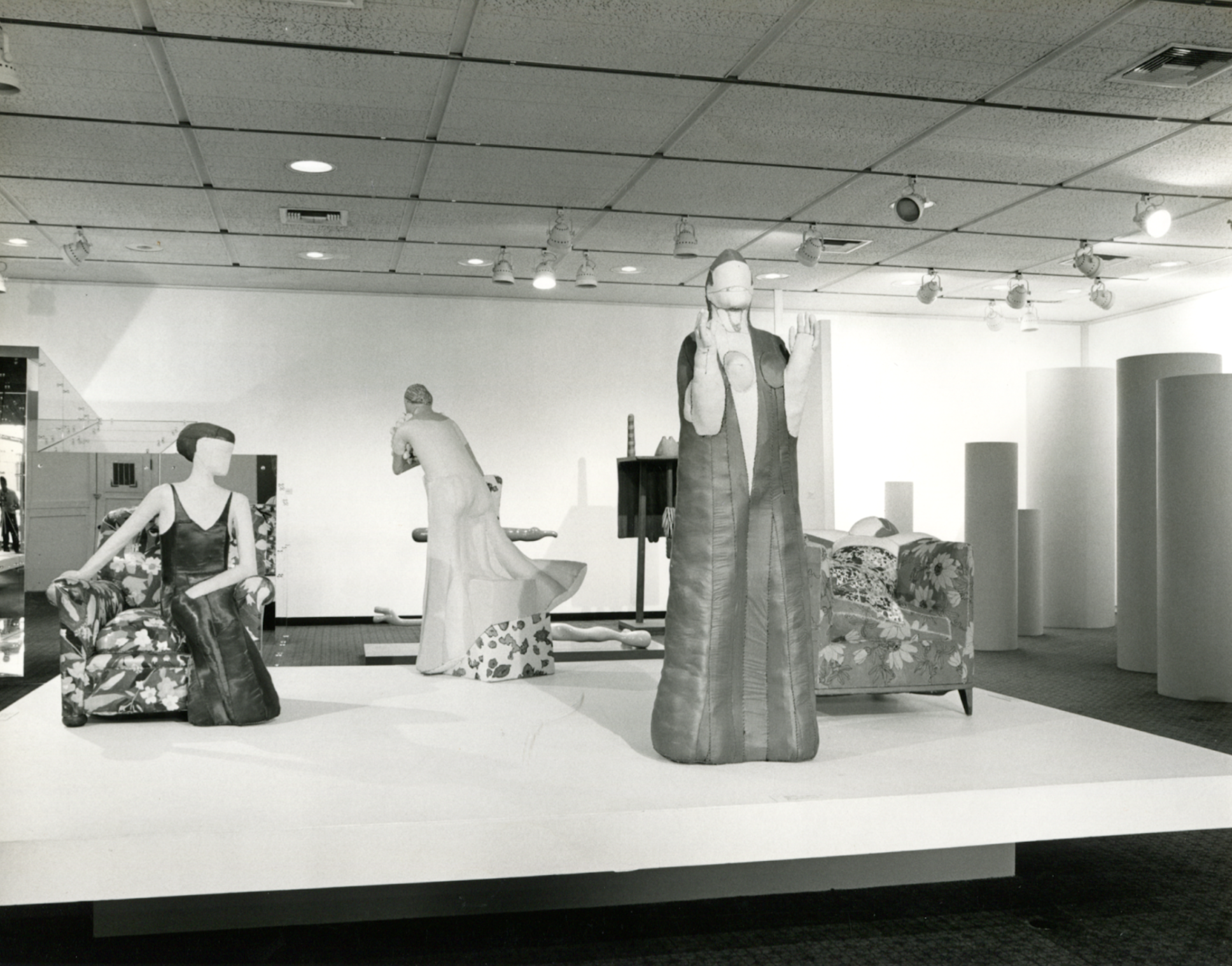
Essay by Leah Triplett
Interior Interests
“Manipulating the aesthetic characteristics of the soft to make strange the familiar, Harris, like Claes Oldenburg, relied on a sense of humor or the absurd to enchant and enthrall the viewer. However, Harris’s use of the soft was less a means of critique and more a way to create an ‘open channel’ between himself, his unconscious, and his viewers.”
Essay
Novel Experimentation, Conceptual Freedom
Sculpture
By Jessica Holmes
Read Essay
Essay
Uncanny, or Erotic: Paul Harris Bronzes
Work in Bronze
By Jessica Holmes
Read Essay
Essay
An Infinity of Forms
Work on Paper
By Sarah Hotchkiss
Read Essay
“Noting his sensitivity towards space, one reviewer for the former exhibition called his work “stunning in its simplicity,” his graceful clarity of form belying many long, hard hours with wood, bronze, and fabric. Throughout his last decades, he continued making work while also writing copious correspondence as well as his short stories and giving lectures, all in an effort to share new modes of expression with the world.”
04 / Chronology
A greatly expanded, and for the the first time, visually illustrated chronology, including newly digitized and rare archival material with a special centennial focus on Paul Harris’s record of exhibitions and scholarship, revealing him as an artist on the vanguard of some of the most significant 20th century art movements and who pushed his materials to break into new realms.
Excerpt of Chronology: 1958
Paul Harris opens his first solo exhibition with Poindexter Gallery, on view from May 19 to June 6 at 21 West 56th Street alongside the British sculptor Mary Frank (b. 1933)—his first in New York City. A reviewer in Arts remarks: “With a certain specific, contemporary anecdote in mind, Paul Harris molds papier-mache into a sturdy, critical, witty series of nine masks . . . Patriot glitters in glaucous, snowy enamel, triumphantly coifed in yellow-white hair, her sightless socketed eyes ready to ferret out subversion, the oval, lipless mouth continually in chatter, wherein is seen her triumphant red, white and blue tongue.”
Installation of Poindexter Gallery show, 1958, Paul Harris Archives
Historical Highlights
1960
New York Times, Stuart Preston
In Artforum, Robert Pincus-Witten observed that Harris’s stitched dolls display “planar simplification and supple surface modulation.” He likened them to “Pop-ish” yet “distinguished” figures that “meld into a comfy upholstered world.” “The boy sews like an angel,” he wrote admiringly.
In Craft Horizons, Alice Adams highlighted Harris’s “collapsible monuments” of string and wood, calling them “startling” and “a leap in a new direction.” She especially admired the “open forest of black string” and “woven labyrinth” for their bold, spatial experimentation and imaginative use of material.
In Artforum, Jerome Tarshis compared Harris’s works to Vuillard “in three dimensions,” evoking “the frightening reality de Chirico found in plazas” — mysterious, dreamlike environments that blend domestic intimacy with unsettling grandeur.
The New York Times critic Stuart Preston praised Harris’s “astonishing work” at Poindexter Gallery, describing his plaster figures as “Madame Tussaud’s on moving day.” He noted Harris’s “endless manual skill” and “fantastic, surreal ideas” that blended humor and craftsmanship.
Craft Horizons, Alice Adams
1967
Artforum, Robert Pincus-Witten
Artforum, Jerome Tarshis
1972
1963
“Always searching out an authentic form for ‘loneliness, our desperations, our delights,’ Harris tested material as much as formalism, creating a lifetime of artworks, yearning to make lucid his deepest desires and feelings.”

Paul and Meme on the campus of the University of New Mexico, Albuquerque, New Mexico, 1950, Paul Harris Archives


